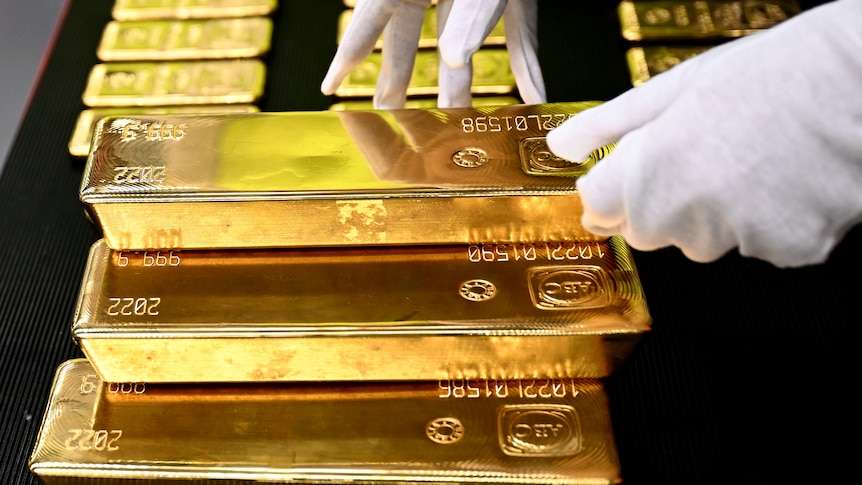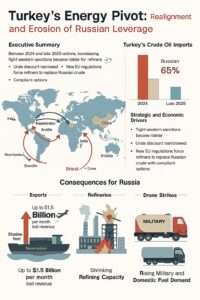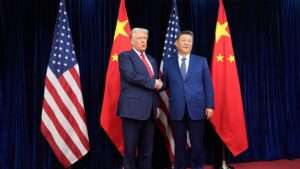By Lawson Kasshanna
After a week of turbulence that saw gold suffer its steepest one-day drop in over a decade, Wall Street’s attention has turned to the metal once again — and this time, optimism is shining through the uncertainty. According to a new report from JPMorgan strategists, gold could more than double in value within three years, as investors around the world rewire their portfolios and turn away from traditional hedges like long-term bonds.
Goldman Sachs, for its part, is sticking to its bold forecast: $4,900 per ounce by the end of 2026. The bank cites robust demand from central banks, sovereign-wealth funds, pension plans, and private asset managers, who increasingly view gold not as a speculative play, but as a core diversification tool.
“The speed of recent ETF inflows and client feedback suggest that many long-term capital allocators are planning to increase their exposure to gold as a strategic portfolio diversifier,” Goldman analysts Lina Thomas and Daan Struyven wrote in a recent note.
The call of the day comes from JPMorgan’s Nikolaos Panigirtzoglou and his team, who argue that gold’s sharp pullback was driven by trend-following traders taking profits on futures contracts — not by retail investors exiting the market. Futures prices, after all, have already climbed 56% this year.
“If retail investors weren’t behind this week’s correction,” the strategists wrote, “then their continued buying of gold ETFs suggests a motivation beyond momentum — namely, the desire to hedge equity risk.”
That shift marks a significant psychological turn: gold is no longer just a hedge against currency debasement or inflation. Instead, it’s emerging as a hedge against equity exposure itself — a safe harbor in an era when even long-dated bonds have failed to provide protection.
The JPMorgan team points to what they call the “post-Liberation Day effect,” referring to the period after President Donald Trump announced, and later moderated, his new tariff rates. When equities corrected sharply, long-term bonds fell too — breaking their traditional inverse relationship. That event, the strategists say, eroded investor trust in using bonds as a hedge against stock market risk.
According to JPMorgan’s calculations, nonbank investors now hold about 2.6% of their total assets in gold, worth roughly $6.6 trillion globally. But if even a small fraction of long-term bond holdings — around 2% of total portfolios — were shifted into gold, the global gold allocation could climb to 4.6%, implying a 110% price increase.
Assuming equity prices continue to grow and allocations rise to around 54.6%, levels last seen during the dot-com bubble, and factoring in an expected $7 trillion annual expansion of global cash and bond holdings, JPMorgan’s model suggests gold prices would need to more than double by 2028 to maintain balance in investor portfolios.
In short: as capital markets expand and investors hedge less with debt and more with tangible assets, gold’s scarcity and neutrality make it uniquely positioned for a structural repricing.
Gold’s comeback story isn’t about nostalgia or speculation — it’s about strategy. As institutional investors rethink risk in a post-globalization, post-low-rate world, gold is once again asserting itself as the anchor of modern portfolios.
And if JPMorgan’s math holds true, the next three years could mark a historic chapter — not just for gold, but for the global financial order it quietly underpins.













